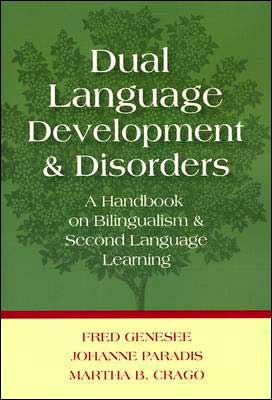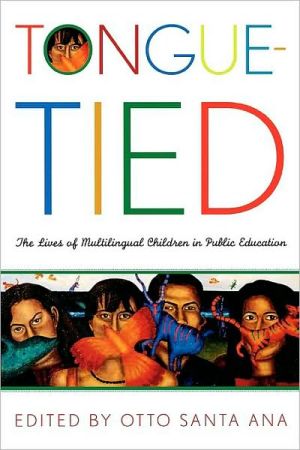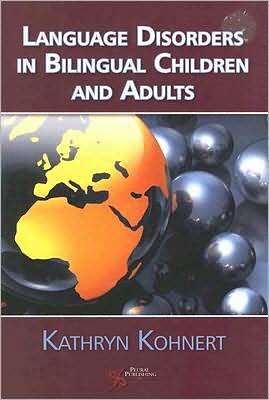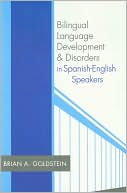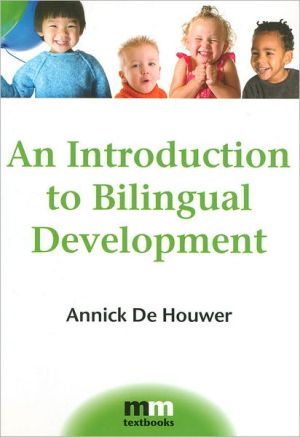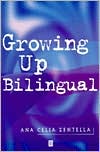Making Sense of a New World: Learning to Read in a Second Language
'This book is not just for educators of emergent bilinguals, it is for all people interested in the teaching of language and reading to young children and because it provides food for thought on more than one occasion it is a book to be seriously considered' - Language and Learning\ 'Making Sense of a New World deserves a place on the bookshelf of every primary teacher whose pupils are learning to read English as an additional language. It may not solve all the problems, but it will do more...
Search in google:
'This book is not just for educators of emergent bilinguals, it is for all people interested in the teaching of language and reading to young children and because it provides food for thought on more than one occasion it is a book to be seriously considered' - Language and Learning'Making Sense of a New World deserves a place on the bookshelf of every primary teacher whose pupils are learning to read English as an additional language. It may not solve all the problems, but it will do more to help us understand them than any other book for teachers currently available' - Times Education SupplementHow do young children go about learning to read in a new language? Is learning to read the same for monolinguals and emergent bilinguals? Or might the effort of simultaneously learning spoken and written English present special challenges for both child and teacher? These are some of the questions addressed in this book.The author argues that talk, experience and reading in a second language are inextricably intertwined. Part One of the book sets reading within a Vygotskian framework, which stresses a powerful link between the interpersonal (social) and the intrapersonal (mental or cognitive) aspects of learning. The author proposes an interactive model of reading within which emergent bilinguals have particular strengths and weaknesses as they call upon different 'clues' or cues. The author argues that a knowledge of the strategies used by these children is essential in 'scaffolding' their learning.Part Two outlines practical approaches to teaching reading in the multilingual classroom, home/school reading programmes andrecording children's reading progress. Throughout, discussions with children and their families, and observations and taped interactions in classrooms provide insights into the wide variety of reading practices in which emergent bilinguals already take part as they enter the new world of school.The book includes a glossary, list of books to use and lesson-plans. It will be essential reading for early years and primary teachers of bilingual children.
PrefaceAcknowledgements1Setting the scene1Pt. 1Emergent Bilinguals and the Reading Process: Understanding Cultures, Codes and Contexts132Interpreting the social context153The context of the mind48Pt. 2Emergent Bilinguals in the Classroom914Starting from the known: the 'Inside-Out' approach to reading935Introducing the unknown: the 'Outside-In' approach to reading1136Listening to children reading1447Epilogue174Glossary177Bibliography181Appendix 1 Stages of learning187Appendix 2 Valuable books available in the UK for work with young emergent bilinguals189Appendix 3 Classroom plans192Author index198Subject index199


